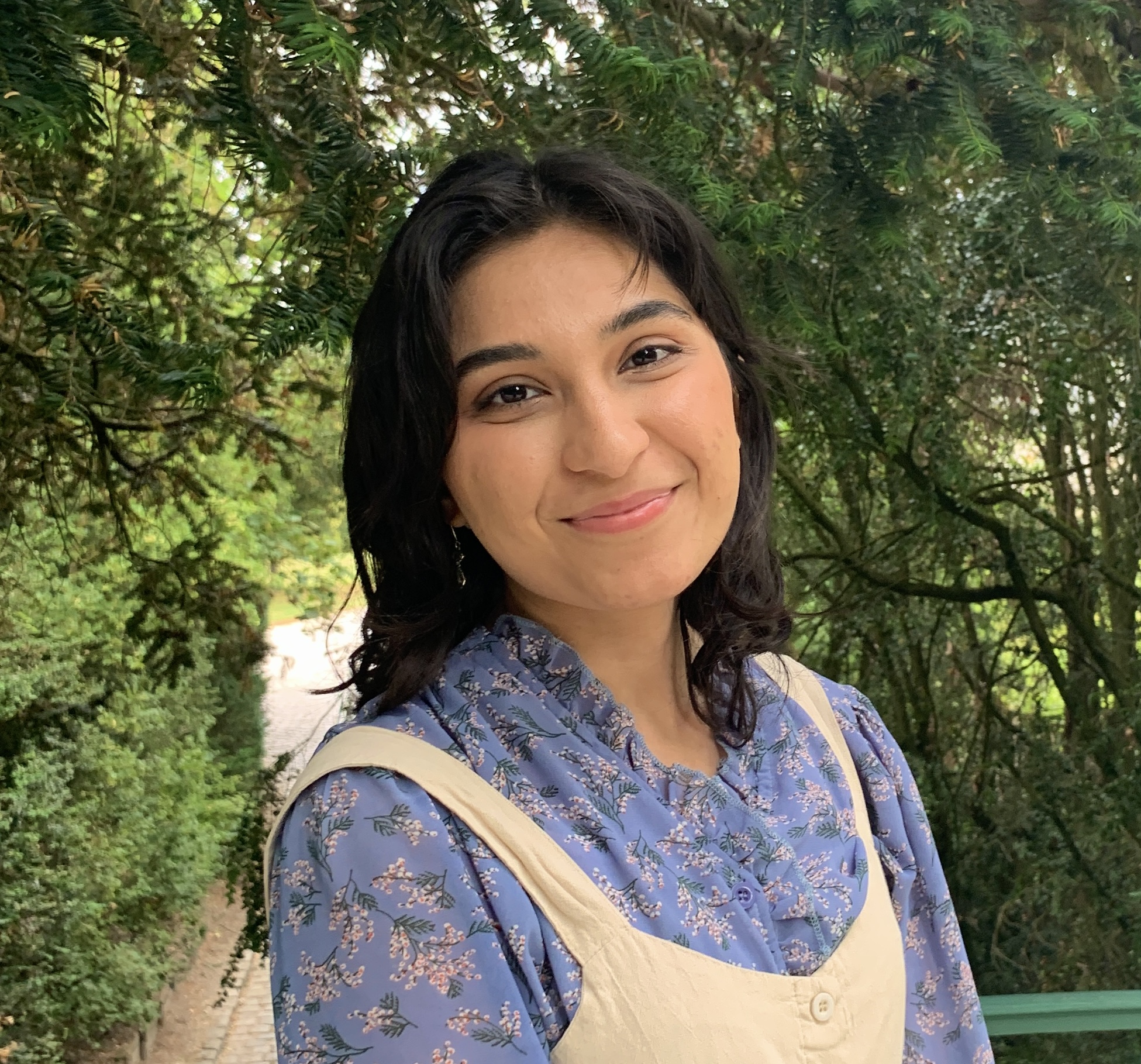
Maizah Ali
Mapping Our Stories: Oil Drilling and Environmental Health in LA
Mentor: Maggi Phillips
Year: Senior
Major: International Development Studies, Cognitive Science
Thousands of oil drilling sites are concentrated in Los Angeles, which houses the largest urban oil field in the United States. These oil drills are often located near low-income neighborhoods where primarily people of color reside. Oil wells – both active and inactive, though unsealed – have well-documented negative impacts upon people’s health, leading to headaches, asthma, headaches, nosebleeds, and cancer in affected residents.
By working in coalition with community organizations such as STAND LA, I hope to create an interactive, multimedia mapping tool that showcases the stories of people of color impacted by neighborhood oil drilling. This mapping tool will creatively consolidate both quantitative and qualitative data, from oil drilling statistics to written narratives and oral histories of health experiences. Through this, I hope to ethically elevate technology to empower communities to unite against this environmental injustice. Another aim is to provide accessible information for individuals and community organizations about the health effects of living near urban oil wells; this mapping tool will be linked to a Google form and will automatically update whenever individuals contribute their stories. Through collaborating with community organizations, this project is also meant to support policy action against oil drilling through visualizing its health impacts.
Results: Final Presentation

Dylan Fox
Subliminal Directions: How Digital Maps Subconsciously Shape Our World
Mentor: John Villasenor
Year: Senior
Major: Cognitive Science w/ Specialization in Computing; Bioinformatics and Latin Minors
Easy-to-access digital maps such as Google Maps have revolutionized the way we navigate our surroundings. However, the impact of these Internet-based programs on our perception of space and on the strategies we employ in navigating our built environment is not well understood. My research will explore the effects of digital maps on spatial cognition, wayfinding, and navigation behaviors, on both individual and societal levels. Specifically, I hope to uncover (1) how extensive reliance on digital maps shapes individuals’ spatial understanding of novel outdoor environments, and (2) how widespread use of digital maps drives land use, transportation, and economic flow in urban spaces.
The unique contribution of this research lies in its interdisciplinary approach, combining methods from urban planning, psychology, and human-computer interaction. Insights from this work have potential to make more ethical and equitable our relationship with mapping technology. Many stand to benefit, from map and app designers to bikers and pedestrians, from urban planners to the unhoused. Ultimately, better understanding the cognitive and social implications of easy-to-access digital maps will inform the design and navigation of our built environment.
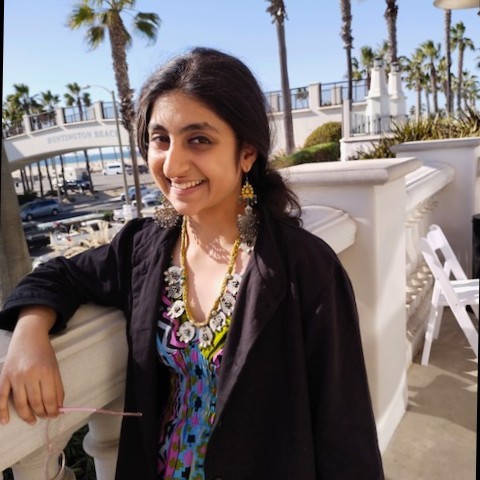
Radhika Mehra
The Case for AI Based Conflict Resolution Framework in Peacebuilding
Mentor: Amit Sahai
Year: Senior
Major: International Development Studies
In the post-pandemic era, as international conflicts escalate with the changing balance of power, and data discrepancies exacerbate tensions in these conflicts, AI can play a positive role in conflict resolution and peacekeeping. The aim of this project is to research the methods through which AI can provide impartial and inclusionary mediation ( pre/ post-conflict analysis, large data processing, digital dialogues, legal consultation) and suggest solutions for obstacles to AI in providing these services( gender-race biases, regulation, user training, privacy infringement ).
I will conduct literature reviews, case-by-case study of AI’s application to dispute resolution ( for instance, in Yemen, Libya, Sudan by UN) and conduct interviews of experts, who specialize in this intersectional field, to understand the existing opportunities, and roadblocks. After bringing these learning in the form of a report, I want to specifically highlight the institutional reforms that can aid create a conducive framework within which AI mediation technology can grow. My aim is not suggest a replacement of human mediators, rather an AI support apparatus that fights information asymmetries, and provides impartiality in sensitive scenarios. As AI increasingly enters warfare, as seen in the Russo-Ukrainian war, AI in peace building will be a crucial counterbalancing force.
Results:

Akshat Mittal
FavorX: Researching incentives to sustain a decentralized, moneyless favor economy
Mentor: Venky Harinarayan
Year: Senior
Major: Business Economics, Data Science Engineering Minor
The 2022 Edelman Trust Barometer paints a dire picture of the world that we are headed in – distrust is now society’s default emotion. As a call for help, we aim to use the transparent and trust-building nature of blockchains to build an economy based on kindness and reciprocity.
FavorX is a platform where people can do favors for each other in exchange for tokens, and then use those tokens to request their own favors like homework help, delivery, gardening, and more.
Smart contracts on the blockchain shall determine the token distribution, supply, and usage. Their decentralized nature will ensure that favor transactions cannot be altered or deleted. At FavorX, blockchain will be the Fed, the government, and the central bank and there shall be no single point of failure, especially when people want to help each other and cooperate in this economy. The system also involves sophisticated research of mechanism design and competitive strategy to figure out the right incentives for the users to use favor tokens as prime medium of exchange. FavorX will be launched as a mobile app, primarily targeting college communities, and then expand to build favor economies in coworking spaces, community service groups, and more.
Results: Final Presentation
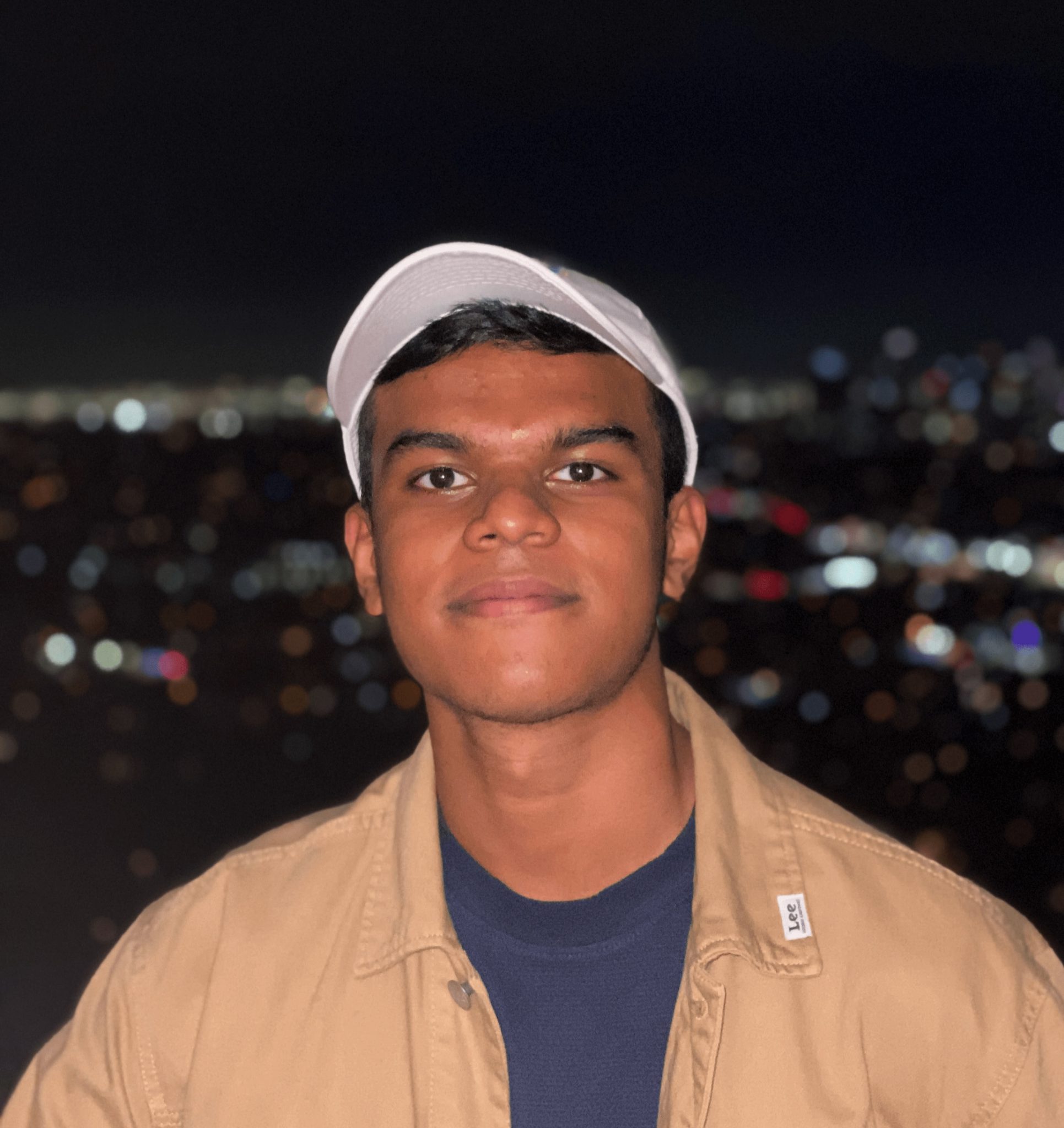
Aditya Nagachandra
Democratizing compute resources for ML training through genetic algorithms and blockchain oracles
Mentor: Lilian Coral
Year: Sophomore
Major: Computer Science, Economics
The democratization of compute resources for machine learning (ML) training is a critical issue that restricts progress in the field. To address this issue, I propose a project that utilizes genetic algorithms and blockchain oracles to optimize ML training for complex tasks such as natural language processing and image recognition while maintaining data privacy and security. This unique approach in theory will look to democratize access to cloud resources and enable researchers from a variety of backgrounds to train models more efficiently, breaking down barriers that restrict access to ML research. The project’s benefits extend beyond the ML community, as increasing access to compute resources will lead to more efficient learning and advancements across all verticals. Our study will analyze the technical and social implications of democratizing ML training by exploring how it can increase the rate of development, reduce costs, and improve the accessibility of AI solutions for various industries. The proposed solution will enhance data privacy and security by leveraging blockchain oracles and will be evaluated through empirical studies on benchmark datasets. By democratizing access to cloud resources and improving the efficiency of ML training, our project has the potential to create a more equitable and diverse AI industry, with benefits for individuals, businesses, and society as a whole.
Results: Final Presentation

Laura Rossi
Responsible Development of AI
Mentor: George Abe
Year: Senior
Major: Philosophy
With the “Godfather of AI” Geoffrey Hinton “blowing the whistle” on AI technology, and tech leaders such as Elon Musk calling for a 6-month halt to AI development, it is crucial that we look at the “profound risks to society and humanity” and figure out ways to prevent adverse consequences. There are three areas of concern. Firstly, AI is known to make stuff up and present it as real information. Secondly, dissolution of jobs being replaced by AI poses a threat to the economy. Thirdly, the consequences of AI general intelligence surpassing human intelligence are potentially devastating. On the other side of the debate, experts such as Oxford Physicist and Philosopher David Deutsch believe that AI is not a threat because it is merely an extension of us. He is more concerned by the prospect of a pause in AI development because it would mean falling behind in the “AI race.” I propose to find answers to the concerns about AI development.

Maxwell Tsao
Enabling Zero Collateral Loans over Decentralized Systems
Mentor: Carey Nachenberg
Year: Senior
Major: Computer Science and Economics
Decentralized lending platforms enable the public to provide and receive loans without intermediaries, borders, censorship, or discrimination, which improves financial equity and efficiency. However due to the trustless nature of exchanges and consequent lack of KYC/credit, these platforms are generally collateralized protocols.
This proves to be a barrier for various applications, such as short term lines of credit. Centralized alternatives must go through intermediaries like Visa, who charge exorbitant fees to handle credit transactions. While some projects attempt to provide zero collateral loans, such as Goldfinch and Ondo, they often offset counterparty risk to off-chain assets or create risk tranches under external management, which leads to points of failure this project attempts to address.
The project investigates and attempts to implement zero collateral lending protocols, including but not limited to cooperative game theory, soulbound NFT credit systems, and off-chain proofs of identity. It will involve theoretical investigations into zero collateral systems, and analyze the possible implementation and pros/cons of each method. The success of the project would enable liquid, low fee lending systems which remove intermediaries burdening borrowers and lenders at all levels of business and personal life.
Results: Final Presentation
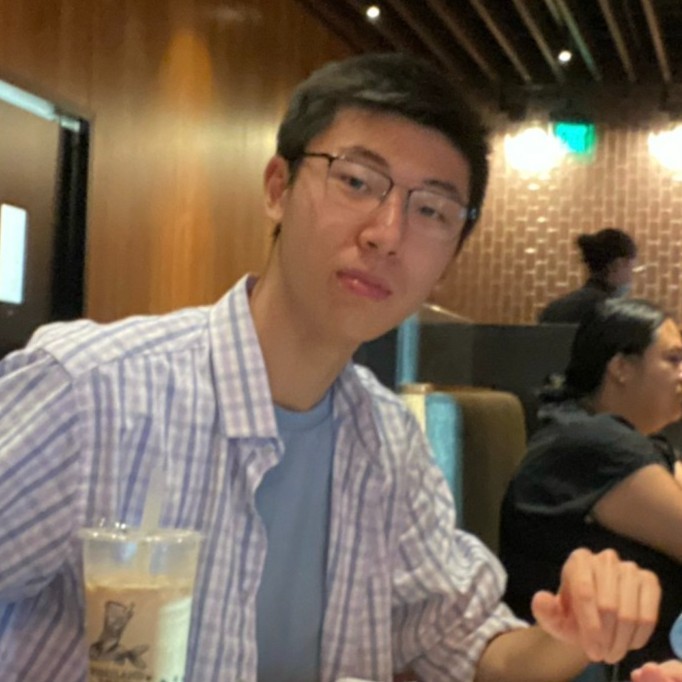
Jiahe Yan
Bandwidth-aware distributed fast-k stochastic gradient descent
Mentor: Leonard Kleinrock
Year: Senior
Major: Computer Science
In the distributed stochastic gradient descent (SGD) problem with n workers, a main node will distribute gradient calculation to the n workers and optimize parameters after receiving results from them. Distributed SGD thus suffers from the effect of stragglers. One optimization strategy, named the fast-k algorithm, will distribute tasks to all workers and wait for only the k fastest workers before proceeding to the next iteration. However, this leads to wasted communication from the main to the stragglers. Several optimizations have been proposed to either find the k fastest workers on run-time using a Multi-Armed-Bankdit (MAB) model and distribute tasks only to these workers while gradually increasing the value for k as iteration grows or incorporating asynchronous gradient descent to avoid delaying due to stragglers. However, asynchronous SGD diminishes model accuracy significantly if stragglers respond only after several iterations of SGD, and increasing the value of k monotonically inevitably introduces stragglers as the algorithm proceeds. We introduce a communication-aware approach to distribute tasks to the k fastest workers found in run-time while incorporating asynchronous to only the k fastest workers. This allows us to adjust the value of k in both directions and avoid using straggler results from long before.
Results: Final Presentation
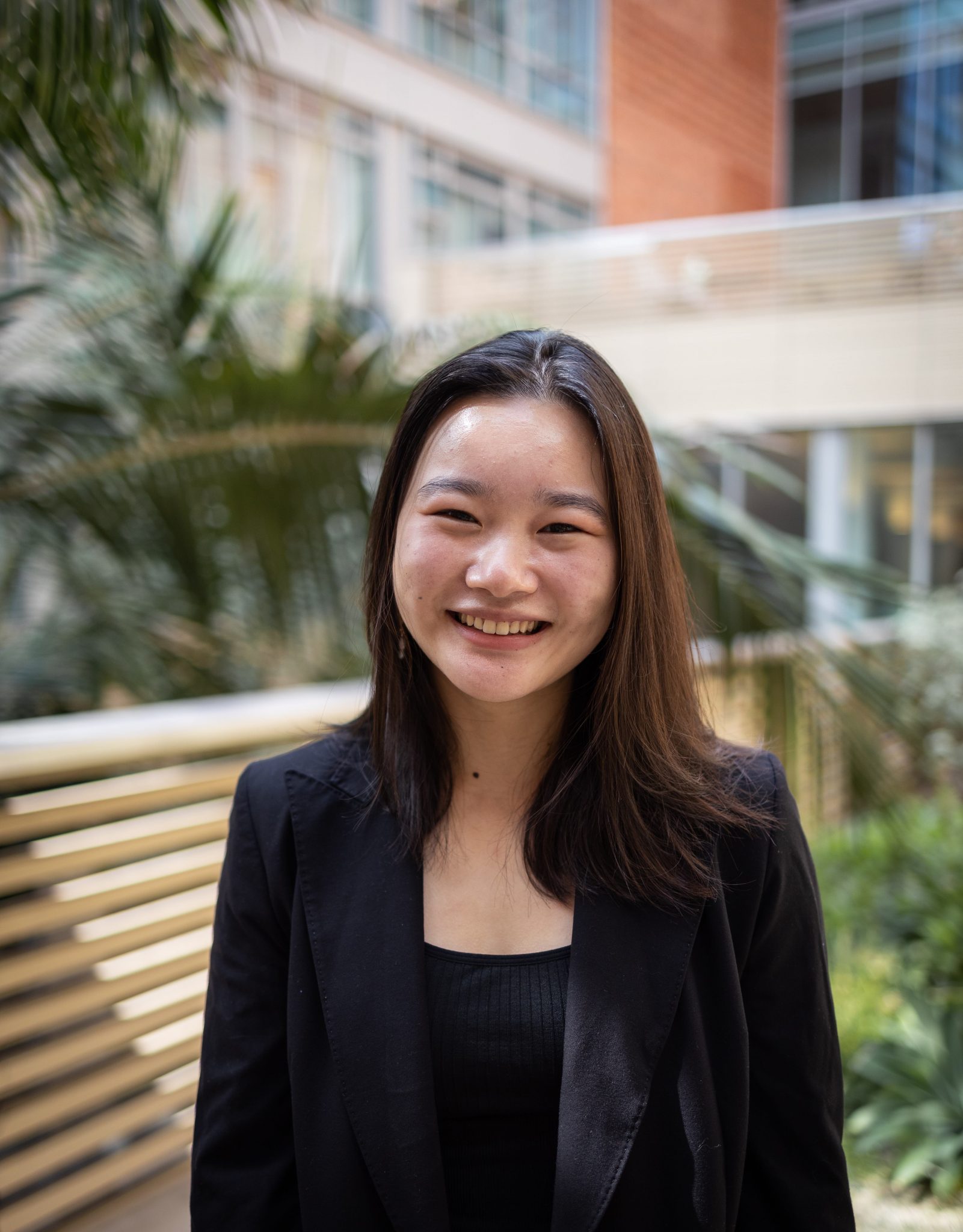
Priscilla Yang
Harmony in Healthcare: Musical Interpretation of Patient Data
Mentor: Jeff Burke
Year: Senior
Major: Bioengineering/Geography, Environmental Science
Following the uncertainty and discrepant media coverage of scientific policies during the COVID-19 pandemic, there is a growing public distrust in science and healthcare. Current healthcare reports involve difficult-to-interpret interfaces and long pages of text, acting as a barrier to patient literacy and strong patient/healthcare professional relationships. To combat this, I propose an auditory approach to increase patient interaction with their healthcare data. More specifically, I aim to design an interface that takes values that indicate health, such as heart rate, blood pressure, and blood oxygen levels, and creates a personalized soundtrack for the patient. The unique aspect of music taps into a universal form of communication that visual cues cannot, as it overcomes the language and literacy barrier. Moreover, music has been linked to positive mental benefits, demonstrating its potential as a peaceful medium for building trust between patients and healthcare providers. With this technology, patients will obtain creative and personal interaction with their healthcare data, making them more willing to discuss results with their providers. Healthcare professionals gain an extra channel of communication for more accurate and educated care. This project demonstrates social implications to mitigate distrust in healthcare and enhance patient-to-doctor communication in the hospital.
Results: Final Presentation
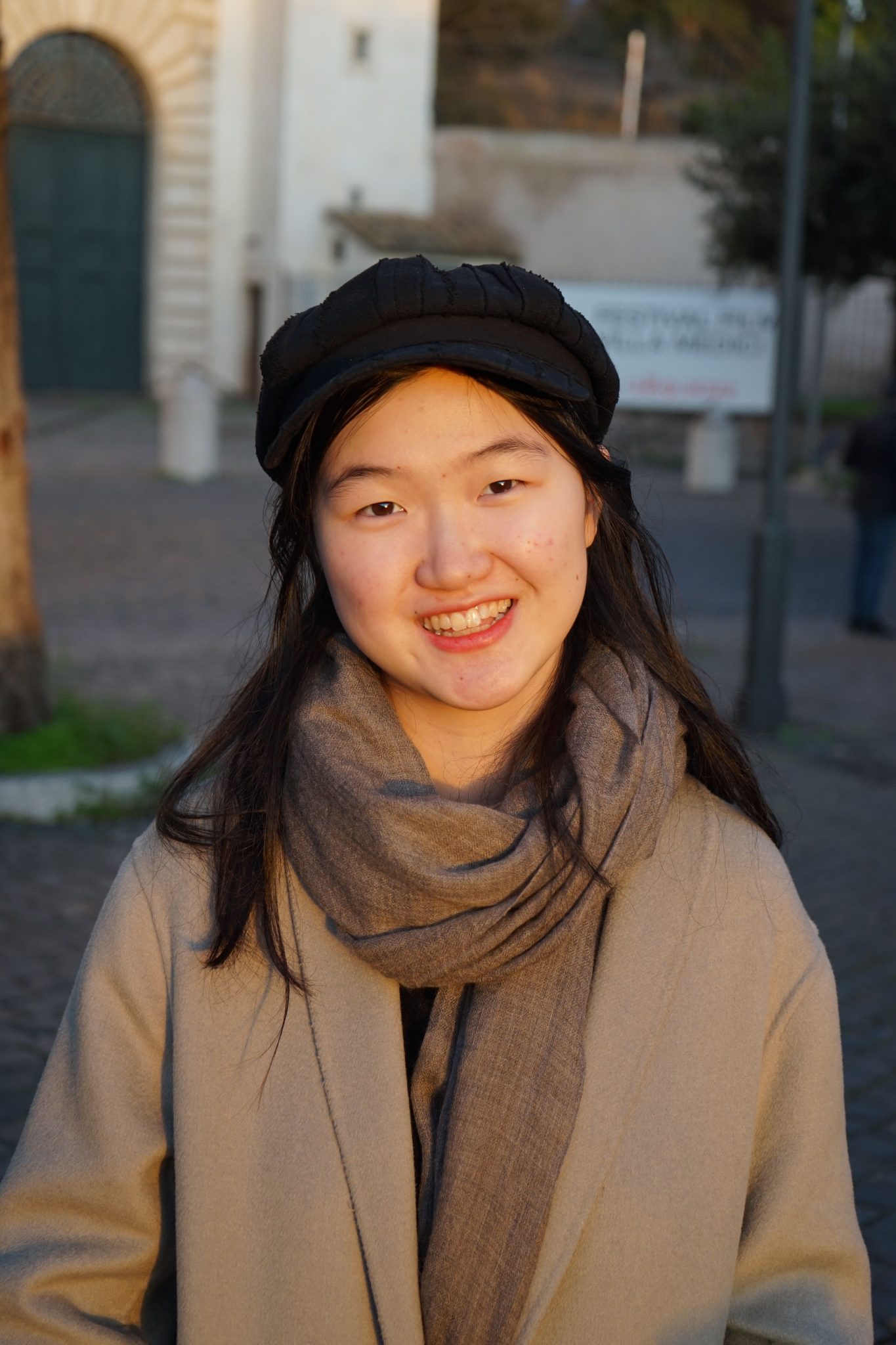
Jasmine Yu
EEG metrics and ML model for classifying concentration and learning
Mentor: Tim Groeling
Year: Senior
Major: Computational and Systems Biology, Neuroscience Minor
Everyone gets distracted while working. We open a tab to complete an assignment and thirty minutes later we have watched five YouTube videos. Preventing distraction is challenging. A potential solution thus is to use non-invasive electroencephalogram (EEG) headsets to detect concentration levels in real-time.
However, currently there are two primary issues. Firstly, there is a lack of consensus in the literature about which EEG metrics correspond to specific types of concentration. Secondly, existing brain-computer interfaces (BCIs) can only classify a limited number of concentration states, providing limited information.
This project aims to solve these issues by defining the specific EEG metrics that relate to concentration and building a machine learning model to classify different levels and types of concentration. The first part of the project involves conducting psychophysical experiments paired with EEG sessions on human subjects to determine which EEG metrics increase or show a change in pattern during different levels of focused and distracted states. These parameters will be analyzed and weighted. The second part is an extension that involves building a machine learning model that can classify different types of concentration based on the metrics that have been identified.
The metrics can be used for future EEG and concentration clinical or research studies. Additionally, the finished model can be integrated into existing hardware headsets or a simple, viable headset built specifically for detecting concentration. This can be useful for people who want to improve their focus in school, work, or other activities.
Results: Final Presentation
